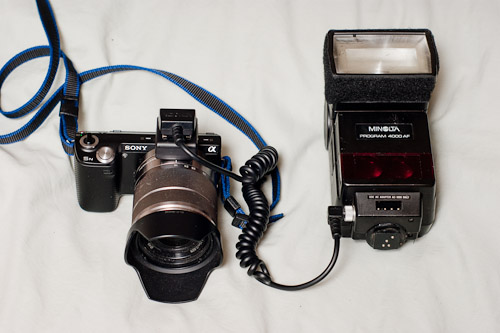
“There is no way to use off-camera flash with the NEX cameras!” That was literally the very first thing that came to my mind when I saw the original NEX mirrorless cameras.
There was no sync port and there was no hot-shoe. Sony did include a small auxiliary toy flash unit that could be attached to the camera. But there was no way to trigger off-camera flash.
Several years have passed, and Sony has dramatically improved the E-mount line up, dropping the NEX name plate and building in a hot shoe into most of the units. You can obviously use a sync cord or radio trigger with the hot shoe models. But there are millions of E-Mount cameras that lack a hot-shoe.
A while back, I added a NEX 5n to my collection, despite that fact that the 5n is a member of the no hot-shoe camp. When I first bought the camera I thought I would investigate ways of adding off-camera flash with the NEX series. But I got busy with other things, so the 5n was regulated to situations that did not require flash. If I wanted to do some serious off-camera flash work, I fell back on my A-mount Alpha dSLRs.
Learning a new technique: High ISO Flash Photography
Recently, I stumbled across an article by Kristian Dowling entitled What Photographers are NOT Considering When Using High ISO on the PetaPixel Website.
To be honest, I thought the article was difficult to follow. After reading it through a few times, however, I became quite interested by the technique advocated by Ms. Dowling.
Basically, Dowling suggests using high ISO when shooting with electronic flash.

Generally, photographers have always tried to shoot at the lowest ISO to provide clean, noise-free images. Most of us use flash as a way to shoolt in dim light without cranking up the ISO. Dowling, however, goes against the grain (no pun intended) by suggesting photographers use high ISO along with Flash, She points out that with a high ISO, you can stop down the lens for more depth of field and use a faster shutter speed to reduce camera shake. More importantly, she demonstrates that a high ISO setting allows you to shoot at camera’s maximum flash sync speed, which has a number of excellent benefits.
I have shot a telephoto lens and a flash unit numerous times. In the past, my technique was to open the lens to it’s maximum aperture and adjust the shutter speed to the lowest speed I could get away with. This produced acceptable results, although there were many shots I had to discard because the subject moved or I rocked slightly during the exposure, Maximum aperture produces razor-thin depth of field, meaning it is all too easy to introduce softness into the subject.
The advantages of combining flash with a high ISO
Dowling points out that raising the ISO allows you to stop the lens down, gaining greater depth of field, increasing your chance of getting a sharp image. In addition, it allows you to increase the shutter speed, which decreases the chance that subject movement or camera shake will blur the image.
Of course, higher ISO does introduce greater noise. But Sony and other sensor manufactures have made great strides in this area, creating sensors that can capture clean images at much higher ISO levels then in the past. The NEX 5n is my best high ISO camera, allowing me to shoot noise-free images at much higher ISO levels than my older dSLRs. It doesn’t compare to the incredible Sony A7s, but then no other camera in the world does. In the All About the Gear Podcast, Doug Kay says he routinely shoots at 3200 ISO with the A7s, and claims the images look as good as ISO 200 from other cameras.
The NEX 5n is not in the league of the A7s, but I get very clean images at ISO 1600, and noise reduction software produces very good images at ISO 3200.
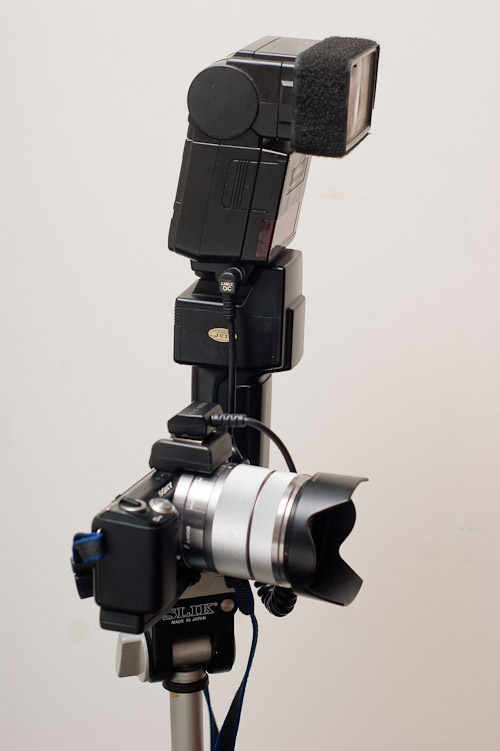
You might be wondering why you would need a flash at these ISO settings. High ISO can allow you to shoot in very dim light, but flash can eliminate shadows and even out the dynamic range in a photo. Many photographers use fill-in flash in bright daylight, a technique that has been around for decades. Dowling has adapted fill-in flash to shooting with long lenses in low light. It is the same concept as fill-flash in bright sunlight. She is just raising the ISO so the ambient light is very strong and then using low-power fill-flash to eliminate shadows on the subject.
Calling on the NEX 5n to test the high ISO flash technique
I was immediately intrigued by Dowling’s approach, but my older dSLR’s were not capable of shooting very high ISO without creating noise. But I did own a camera that could capture high ISO without introducing noise. My NEX 5n was excellent in this area. But out of the box, it couldn’t shoot off camera flash.
It was time to fix that. I made a quick list of what I would need.
- A hot-shoe adapter that could be mounted to the accessory connector on the top of the NEX 5n
- A powerful flash unit with manual controls
- A sync cord to connect the flash unit
I already had several Minolta 4000 AF flash units that feature full manual control. I have used them for years with my Sony Alpha dSLRs. To use one of these with the NEX 5n I would require a hot shoe adapter and a new sync cord. I’ll discuss that next time.
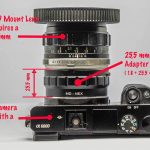
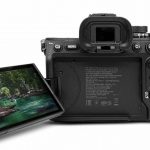
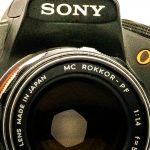
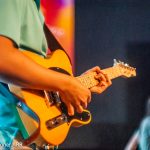

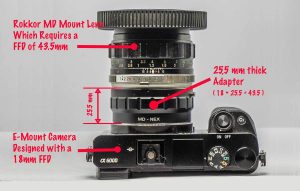

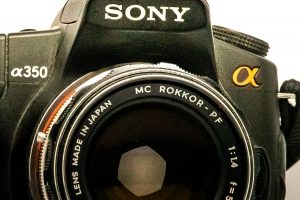
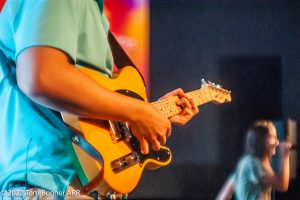
More Stories
Using the Sony FA-CC1AM for Off-Camera Flash
Minolta 4000 AF Flash on Sony Alpha dSLR
The Sunpak Click N' Stick: mount your flash where you want it